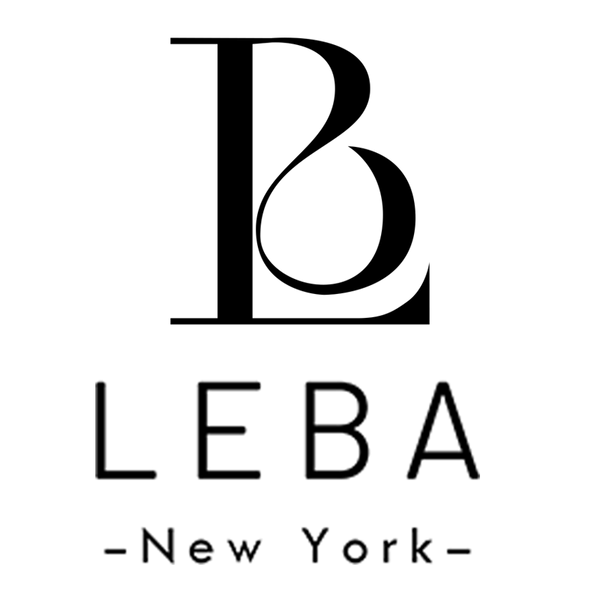ABOUT LEBA
- Art and technology, lead fashion trends
The LEBA brand defines products with nanostructured colors as its core. It uses inorganic materials to design and reconstruct the physical structure using intelligent algorithms in a micro-nano environment, and precisely arranges it through disruptive innovative production processes to control the wavelength of visible light and achieve various goals.
Products with any color change under this function.Product color has digital characteristics that can be designed, copied, transmitted, and stored. LEBA digital color combines natural beauty with technological innovation, bringing unprecedented experience and charm to users who pursue unique beauty.

- Reasons for choosing peacock feathers for product packaging
Why are peacocks' feathers so colorful?
Color in nature is mainly produced in two ways: one is pigment color, and the other is structural color. Pigmentary colors are the most prevalent and common colors, resulting from pigments selectively absorbing certain colors of light while reflecting or scattering other colors of light. The origin of the structural color is completely different from the pigment color, which is caused by the interference, diffraction or scattering effect caused by the interaction of natural light and optical structure, and its characteristic is the rainbow effect, that is, its color will change accordingly with the change of the observation Angle. The color of peacock feathers is a classic example.

Observing the microstructure of peacock feathers with different colors by electron microscope, we can find that the cortex of the peacock feathers is an ordered optical structure, consisting of a keratin base studded with periodic arrays of melanin columns, and an array of air holes in the middle.
The optical structures in the different color pinnae are very similar, the main difference is the spacing between the melanin columns. The spacing of melanin columns in blue, green, yellow and brown pinnules was about 140, 150, 160 and 185 nm, respectively. It is this small difference that causes the different colors. This optical structure (also known as a "photonic crystal") produces a combined effect of interference and scattering, resulting in a variety of colors. For example, the green pintle is because it has a strong reflection effect on green light, and the rest of the color light can be passed through.

Peacock feathers also have an iridescent effect, and if we look at it diagonally, we will see a blue shift in color, such as green feathers turning blue and yellow feathers turning green. This iridescence effect is due to a corresponding blue shift in the color of the selective reflection of light by the optical structure as the viewing Angle changes.
- What is structure color
Structural coloration is a form of color production that differs from traditional pigments or dyes that absorb and reflect specific wavelengths of light to produce color. Structural color depends on the microstructure of a substance to affect the scattering, reflection, refraction, or interference of light, resulting in color. The way this color is produced does not involve the chemical composition of the pigment, but is determined by the physical arrangement of the surface structure or internal structure of the substance.
Production mechanism
The production mechanism of structural color mainly includes the following:
- Light interference: Specific microstructures can cause interference between incident light waves, strengthening or weakening specific wavelengths of light, resulting in bright colors. For example, the rainbow color of the surface of a soap bubble is due to the interference effect of light.
- Diffraction of light: When light passes through or reflects off a surface with a regular microstructure, diffraction occurs, causing light waves to change direction and form specific color patterns. The color of some birds' feathers is created by diffraction.
- Light scattering: A specific size of the microstructure can cause light to be scattered multiple times after entering the material, and eventually only a specific wavelength of light is scattered to form a specific color. The sky is blue in part because of the scattering of short-wavelength light by gas molecules in the atmosphere.
Natural and artificial applications
Many creatures in nature, such as peacock feathers, butterfly wings and beetle shells, use structural colors to show their unique color and shine. These natural phenomena have inspired scientists and engineers to study and apply structural colors in an attempt to mimic and manufacture materials and pigments with similar effects.
In artificial applications, structural colors are being explored for the manufacture of anti-counterfeiting labels, high-performance displays, optics, and environmentally friendly and long-lasting pigments. This way of producing color, based on structure rather than chemistry, demonstrates a sustainable and innovative color solution.


